
GUEST BLOGGER: MARY KAY CARSON
How does someone become an astrophysicist, a meteorologist, an inventor, a herpetologist? What was his or her path, what choices were made, and what specific experiences as a child cemented the decision? This is something that fascinates me. With every scientist, engineer, or inventor biography I write I find myself attempting to connect the dots. Trying to understand:
- How a young speech therapist and teacher of the deaf named Alexander Graham Bell ended up inventing the telephone. (Alexander Graham Bell for Kids)
- How her love of horses as a girl aided Terri Roth’s quest to help a critically endangered rhino give birth to the first calf born in captivity in a century. (Emi and the Rhino Scientist)
- The twists and turns the life of a want-to-be astronaut took that set Alan Stern up to lead the first spacecraft mission to Pluto? (Mission to Pluto)
Tornado scientist biography

My latest book is no different.
What made a girl growing up in Minnesota become a twister-tracking severe-storm radar specialist?
How did Robin Tanamachi become The Tornado Scientist?
It’s an interesting story and one young readers can identify with. (That’s why I wrote the book!) It’s also a terrific example of what biography is and does. The true stories of people’s lives helps readers young (and middle-aged) understand the experiences of others. People who grew up in different times and places, were raised by families unlike our own, and to whom things happened that we’ve not personally experienced.
Biography allows us to glimpse a kind of alternate reality. It gives kids a sense of perspective about the world and presents them with a concrete example of how a life unfolds.
Dissect a biography
Part A: Invite students to dissect a biography by reading The Tornado Scientist.
- Before reading, let students know the goal is to answer this central question: How did Robin Tanamachi become The Tornado Scientist?
- While reading, have students note down the experiences and events that forwarded (or stalled) her goal to become a tornado-studying research meteorologist.
- Ask students to make a timeline of Robin’s life using the findings from step 2.
- Lead a class discussion that connects the dots! How did Robin Tanamachi become The Tornado Scientist?
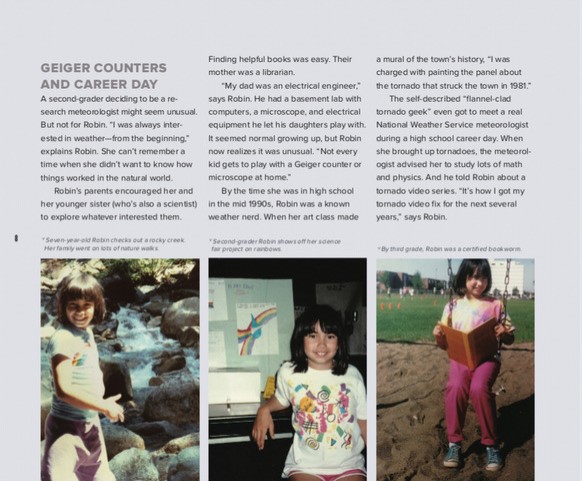
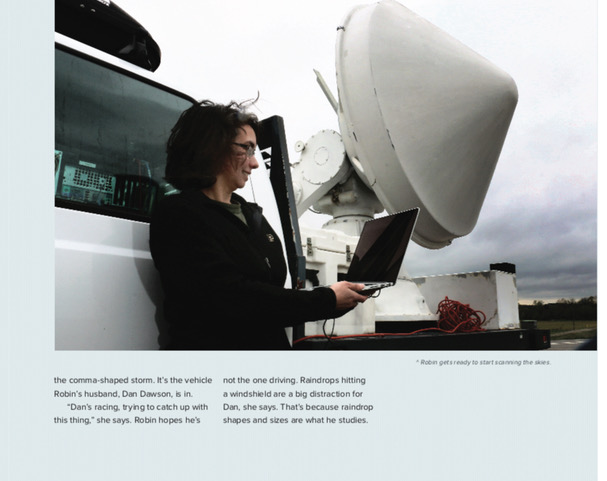
Interviewing for biography
Part B: Challenge students to find out why (and how) someone chose to pursue his or her career, sport, or hobby.
- Review the format they dissected in Part A above. Ask: How did the author help readers connect the dots and come to understand Robin’s reasons and path to becoming a meteorologist?
- Have students interview someone about how he or she became a ______. Define (or constrain!) the subject depending on the students’ grade level and the time available for the activity. Some ideas:
- Pairs of students interview each other about a favorite hobby or sport.
- Interview an adult about her or his career choice.
- Interview an older student or adult about a passionate pastime.
The criteria for the subject is something a person cares about and had to work towards over time. For example, interviewing granddad about how he became a birdwatcher is likely more appropriate than how he got a job working in a factory. Likewise, digging into how a fellow student became a good soccer player will bear better fruit than how she got A’s in math.
- Consider brainstorming a list of interview questions as a class prior to setting students loose. What did you like to do as a kid? How did you know this was something special?
- Direct students to write up a paragraph (or more!) that connects the dots for readers. The paragraph should clearly link the interviewee’s motivations and experiences to her or his decisions, choices, and accomplishments.
- Invite students to share their biographic insights with each other. Happy writing!
You can also download the Educator’s Guide to The Tornado Scientist. It includes discussion questions, activities, and Common Core English Language Arts Standards.
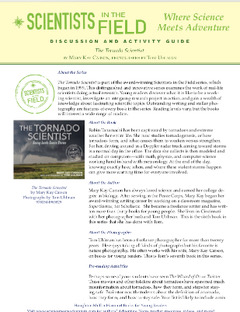
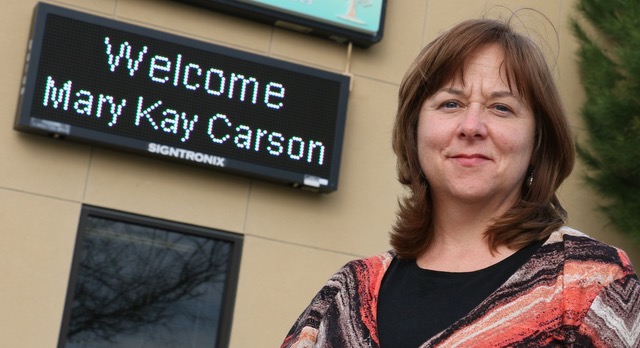
Mary Kay Carson is an author of nonfiction books for young people. Her book Alexander Graham Bell for Kids received a 2019 AAAS/Subaru SB&F Prize for Excellence in Science Books. She’s written six titles in HMH’s Scientists in the Field series, including Mission to Pluto (2017 Ohioana finalist) and The Bat Scientists (ALA’s 2011 Notable Children’s Books for Middle Readers). She regularly contributes to Hands-On-Books: Nonfiction for Kids with Fun Activities and is a member of STEM Tuesday Find out more at www.MaryKayCarson.com or follow her on Twitter @MaryKayCarson.


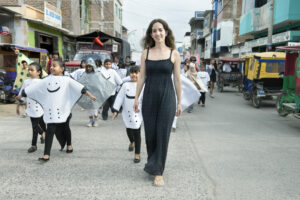

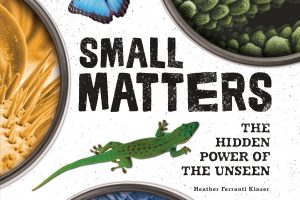


Leave a Reply
Your email is safe with me.